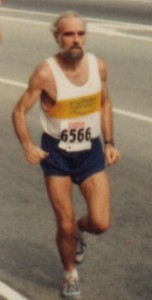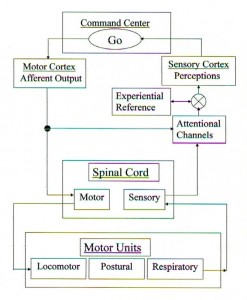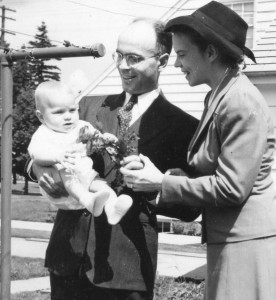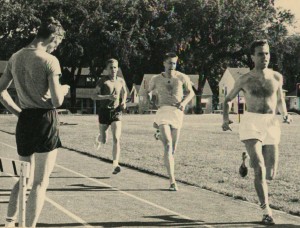This section provides articles that are concise summaries compiled from recent reviews
and research findings about the mechanisms that limit running and cycling endurance
performance. To make the exploration of this seemingly simple form of athletics easier,
performance will be artificially divided into four different aspects of endurance:
 1. Dealing with Discomfort and other Limiting Factors
1. Dealing with Discomfort and other Limiting Factors
“Ya can’t get something for nothing.” To achieve a new personal record
or be able to say something like, “I’ve run the Pike Peak Marathon,”
you’ve got to be well motivated, tolerate a lot of pain,
handle intense weariness and tired legs, and continually increase one’s effort to stay close to the preplanned race pace. These are the primary factors that endurance athletes confront when preparing for or participating in key races or fitness challenges.
The first article is a detailed recollection of a personal marathon experience that will illustrate key concepts in the next three articles. These three articles are about 1) how you can be keep track of what is happening in your mind/body, 2) the power of your own self-talk, and 3) planning ahead to cope with these factors and achieve your own endurance performance. (Go to these articles)
 2. Mechanisms that Result in Limiting Factors
2. Mechanisms that Result in Limiting Factors
What are the ‘weak links’ in the processes supporting
how well you are performing in an endurance event?
The five articles of the second summary section are
organized in a “top-down” manner. This will demonstrate
the critical elements in the mechanism that result in
the limiting factors. Some of these factors are
loss of motivation, extreme fatigue and pain shown in
model on the left, shortness of breath (i.e., dyspnea),
motor unit derecruitment, low blood sugar,
and high body temperature.
(Go to these articles)

Phil and his Parents
3. How much of these mechanisms can’t be improved?
How much is determined by your genes
and how much can be changed by training?
This third summary section discusses the key neurobiological
characteristics such as pain discomfort tolerance, fast and slow motor
unit distribution, critical power, ventilatory threshold, lactate threshold,
VO2max, and ventilatory drive.
(Go to these articles)

Running interval half miles
4. Pushing the Envelope
And this fourth summary examines recent information
about techniques.
They include ones for training motor units and muscle fibers,
practicing pain tolerance, using nutrional aids,
and other ways to improve your endurance.
(Go to these articles)